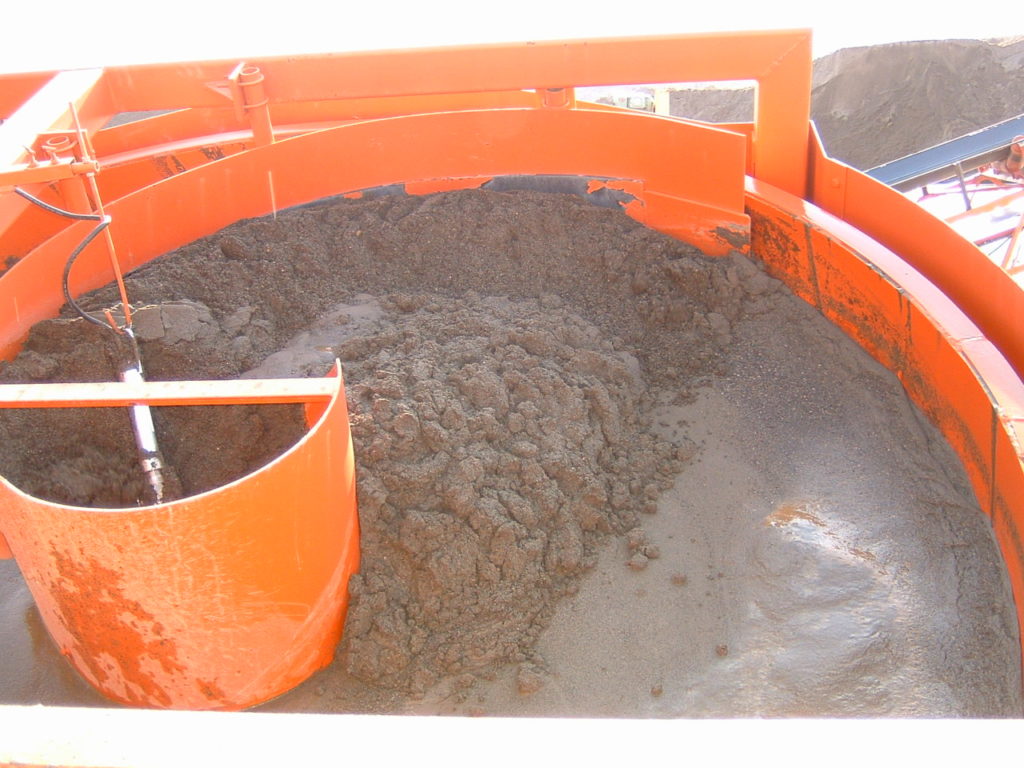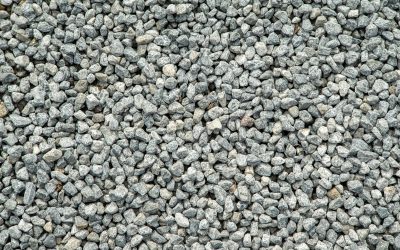Sand is an important construction aggregate used in the production of concrete mixes. However, before it can be used for concrete and cement production, sand must meet specific grain size and cleanliness requirements. As concrete mix specifications change, so too must the aggregate used in its production. Globally, the trend has been a push towards a cleaner sand product – one with fewer contaminants.
With tighter demands on sand for concrete production, equipment used for screening the sand must become more efficient. Continue reading to learn more about sand classifier equipment, how they work, and AEI’s sand washing and classification solutions.
What Does Classifying Sand Mean?
Ensuring a clean product involves “washing” of aggregate. Many types of aggregate are washed before use in production, including coarse materials like gravel. Classifying sand is different from washing, but can nonetheless be part of the washing process.
Sand classifying is the process of sorting grains of mixed sizes to remove the unwanted grains – typically those which are either too large or small for inclusion in the final product.
What Is A Sand Classifier?
Sand classifying equipment comes in multiple configurations, but two of the most common are classifying tanks and screw washers. These machines provide a way to remove excess water and contaminants or undesirable grain sizes from river sand or manufactured sand feeds. We’ll briefly explain how both work below.
Sand Classifying Tanks
Classifying tanks are commonly used to process sand and coarse materials to meet construction grade requirements. Tanks have a number of uses, including removing excess water from aggregate and classifying sand through the removal of specified mesh sizes.
Using a tank, sand is classified based on the settling rates of specific grain sizes. As material is fed into the classifying tank, coarser, larger grains will sink to the bottom, or settle, first. Then, finer grains settle in subsequently lower mesh sizes down the length of the tank.
During the settling process, the classifying tank is supplied with a constant flow feed of water which keeps it overflowing. The water that flows over the edge of the tank helps to remove any materials that shouldn’t be in the final product.
Fine Material Screw Washers
Fine material screw washers are another commonly used equipment for washing and classifying sand in a single machine. They work using a similar principle to classifying tanks.
In fine material screw washers, material enters through a feed box. Heavier grains sink to the bottom of the box, while finer materials float to the surface and over the top. Larger sand grains collect in the bottom of the trough and are lifted up the inclined plane to be discharged by the spiral shaft.
During this process, the screw device works to continuously stir the sand, this both helps to remove unwanted materials and separate grains. Different machine configurations are available, including single or twin screws, to achieve required grain size specifications.
AEI’s Sand Classifying Solutions

Both classifying tanks and screw washers have their limitations in sizing sand. Tanks require large amounts of water and power consumption. In sand washers with submerged parts, the equipment requires frequent maintenance. Meanwhile, many fine material screw washers have a large footprint and their own share of wear and maintenance issues.
In response, AEI offers a revolutionary machine for classifying and washing sand: The Ortner®.
The Ortner® is designed to dewater and remove fines, classify, and rinse sand and other fine materials. Its unique design eliminates excess water usage, uses little power, requires minimal maintenance, and produces a very low moisture product. If you’re looking for a sand classifier for sale, contact us for an Ortner® quote.
Alternatively, AEI’s BIVITEC screen can be used to classify manufactured sand, particularly when water is unavailable and washing is infeasible.


